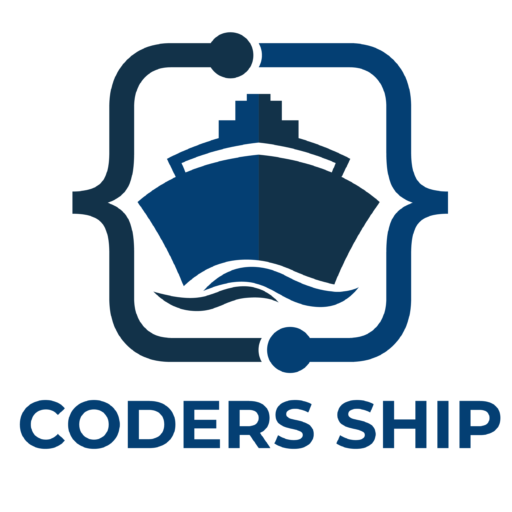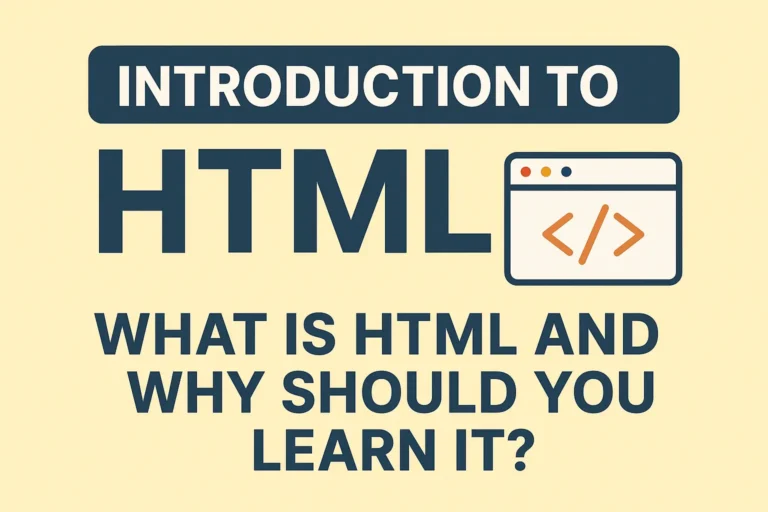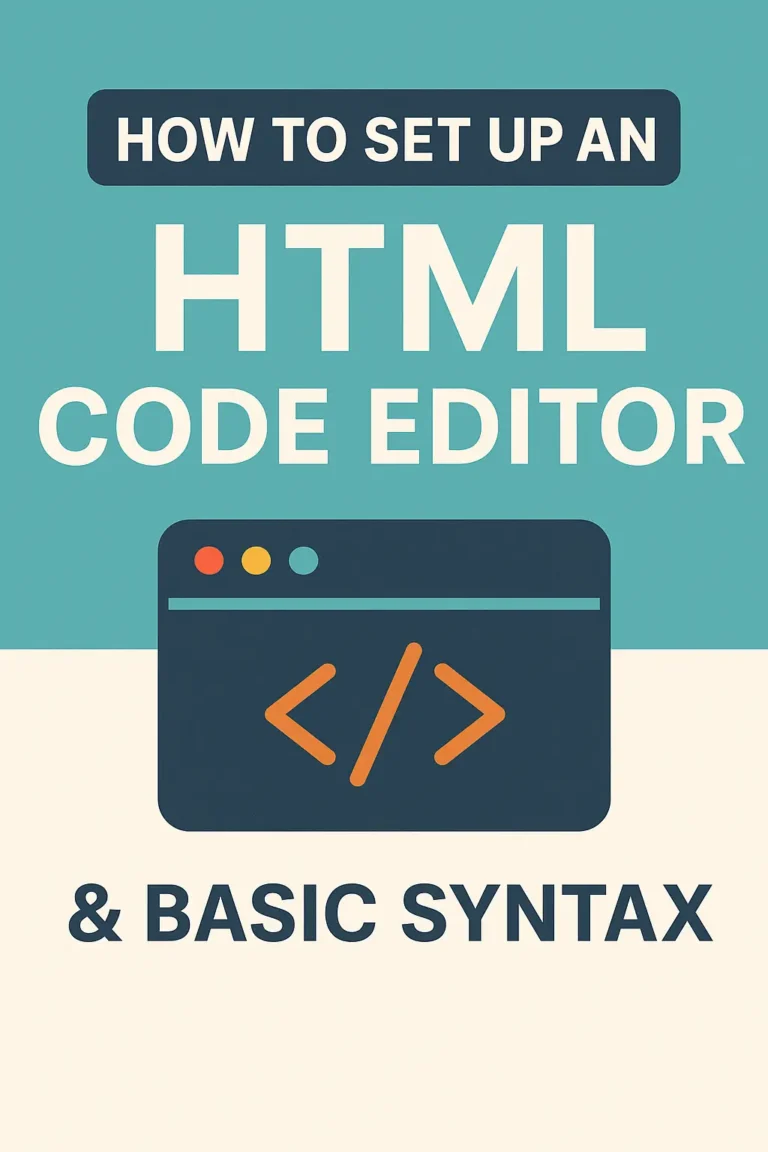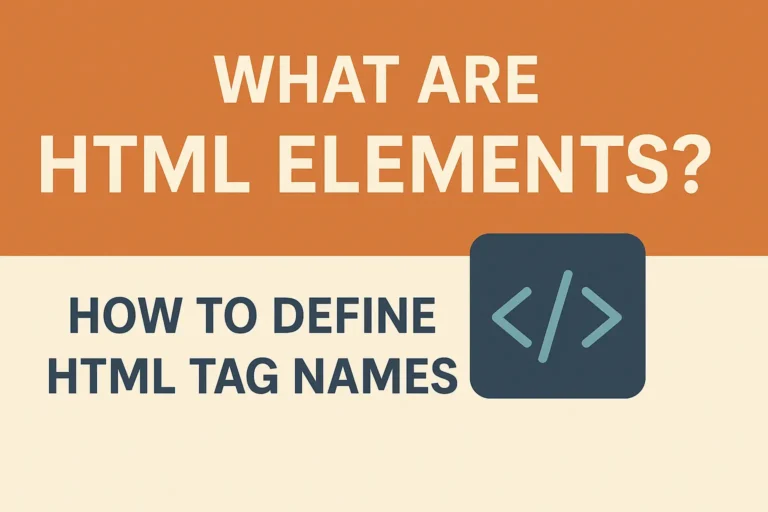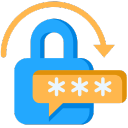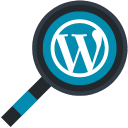In the vast landscape of the internet, your website needs every advantage to be recognizable and discoverable. Two of the most fundamental yet powerful elements for achieving this are the page title and the favicon. While often small and seemingly simple, they play an outsized role in user experience (UX) and search engine optimization (SEO).
In this guide, we’ll break down exactly what they are, how to implement them correctly, and why they are non-negotiable for a professional website.
✔ What is a Page Title and How to Add It
✔ The Critical Importance of Page Titles for SEO
✔ What is a Favicon and How to Add It in Modern HTML
✔ Best Practices for Both Elements
1. The Page Title: Your Website’s Business Card
The page title is defined by the <title> tag and is one of the most important pieces of HTML on your site.
How to Add a Page Title
The <title> tag must be placed within the <head> section of your HTML document.
<!DOCTYPE html>
<html lang="en">
<head>
<meta charset="UTF-8">
<meta name="viewport" content="width=device-width, initial-scale=1.0">
<!-- This is the Page Title -->
<title>Ultimate Guide to Web Development | MyWebSite</title>
<link rel="stylesheet" href="styles.css">
</head>
<body>
<!-- Page content goes here -->
<script>var rocket_lcp_data = {"ajax_url":"https:\/\/codersship.com\/wp-admin\/admin-ajax.php","nonce":"46499d7404","url":"https:\/\/codersship.com\/html\/favicons-page-titles","is_mobile":false,"elements":"img, video, picture, p, main, div, li, svg","width_threshold":1600,"height_threshold":700,"debug":null}</script><script data-name="wpr-lcp-beacon" src='https://codersship.com/wp-content/plugins/wp-rocket/assets/js/lcp-beacon.min.js' async></script></body>
</html>
What it does:
Browser Tab: It’s displayed in the browser tab, helping users identify your site among many open tabs.
Search Engine Results Pages (SERPs): It’s the primary, clickable headline shown in Google search results.
Social Media: When a link is shared, social platforms often use the page title as the default preview text.
2. Why the Page Title is Crucial for Search Engines
For SEO, the page title is arguably the most important on-page factor. Here’s why:
1. It’s the Primary Relevance Signal
Search engines like Google use the words in your <title> tag to understand the core topic of the page. It’s their first and strongest clue about what your content is about.
2. It Directly Influences Click-Through Rate (CTR)
Your title is your ad copy in the SERPs. A compelling, clear title will attract more clicks than a vague one. A higher CTR can indirectly signal to Google that your result is valuable, potentially improving your rankings.
3. It Helps with User Experience & Navigation
For users with many open tabs, a descriptive title helps them find your page again quickly. This reduces bounce rates and improves engagement.
Crafting a Powerful Page Title: Best Practices
Put Important Keywords First: Place your most relevant target keyword near the beginning of the title.
Keep it Concise: Google typically displays the first 50–60 characters. If it’s longer, it gets cut off with an ellipsis (
...).Good:
Web Development Guide - Learn HTML, CSS & JS | SitePointBad (Too Long):
The Ultimate and Complete Guide to Web Development for Beginners Who Want to Learn HTML, CSS, and JavaScript From Scratch...
Be Descriptive and compelling: Write for humans, not just robots. Include a value proposition or a call to action.
Bland:
Contact UsCompelling:
Get a Free Quote | Contact Our Team Today
Use a Separator: Use pipes (
|), hyphens (-), or colons (:) to logically separate your brand name from the page topic (e.g.,Page Topic - Brand Name).
3. The Favicon: Your Site’s Visual Identifier
A favicon (short for “favorite icon”) is that tiny 16×16 or 32×32 pixel image displayed in the browser tab, address bar, bookmarks bar, and within browser history.
How to Add a Favicon in Modern HTML
The old method was a simple <link> tag pointing to a .ico file. Today, due to multiple devices and resolutions, the process is more robust.
Create the Image: Design a simple, recognizable image (usually a simplified version of your logo). Save it in multiple formats and sizes. Tools like Favicon Generator can automate this.
Place the Files: Upload the generated image files (e.g.,
favicon.ico,apple-touch-icon.png) to the root directory of your website. This ensures maximum browser compatibility, as many browsers automatically look for/favicon.ico.Add the HTML: Place the following code within your
<head>section. A tool like RealFaviconGenerator will provide this code for you.
<head>
<title>Your Page Title</title>
<!-- Modern Favicon Code -->
<link rel="icon" type="image/png" sizes="32x32" href="/favicon-32x32.png">
<link rel="icon" type="image/png" sizes="16x16" href="/favicon-16x16.png">
<link rel="apple-touch-icon" sizes="180x180" href="/apple-touch-icon.png">
<link rel="manifest" href="/site.webmanifest">
<!-- Legacy .ico format for maximum compatibility -->
<link rel="shortcut icon" href="/favicon.ico" type="image/x-icon">
</head>
Why this matters:
Branding: It reinforces your brand identity everywhere the user sees it.
Professionalism: A missing favicon looks unprofessional and can make your site feel untrustworthy.
Usability: It helps users quickly find your site in a crowded bookmark list or tab bar.
Final Thoughts: Small Details, Big Impact
Never underestimate the power of the <title> and <link> tags. They are the first things both users and search engines notice.
Your Page Title is your 60-character pitch to the world. Make it count.
Your Favicon is your flag planted in the browser’s UI. Make it recognizable.
Taking the time to correctly implement and optimize these elements is a hallmark of a detail-oriented, professional web developer. It’s a small effort that pays massive dividends in credibility, usability, and search visibility.
